When it comes to protective hairstyles like braids, twists, and locs, maintaining a neat and polished appearance is key. One of the most significant challenges faced by those wearing these styles is managing tangles and frizz. Whether you're rocking braided wigs for black women, boho braids, or classic box braids, knowing how often to retouch your hair can make all the difference in keeping your style looking fresh and fabulous.
Understanding the Factors That Affect Tangle Formation
Several factors can contribute to tangle formation in braided and twisted hairstyles. One of the most significant is the texture of your natural hair. Those with finer, more delicate strands may find that their braids or twists are more prone to tangling than those with thicker, coarser hair. Another factor to consider is the length of your hair. Longer braids and twists are more likely to tangle than shorter ones, simply because there is more hair to become intertwined.
The type of hair used for your braids or twists can also play a role in tangle formation. Synthetic hair, which is often used for braided wigs for black women and other protective styles, is more prone to tangling than human hair. This is because synthetic fibers are smoother and more slippery than human hair, making them more likely to slide against each other and form knots.

You may also like: 2024 Chic Boho Braids
The Importance of Regular Retouching
Regular retouching is essential for maintaining the neat, polished appearance of your braids or twists. When you retouch your hair, you have the opportunity to carefully detangle any knots or tangles that have formed, as well as to tighten any loose braids or twists. This not only helps to keep your hair looking its best but also helps to prevent further tangling and damage.
If you're wearing boho braids or another style that incorporates multiple braids or twists, regular retouching can also help to maintain the overall shape and structure of your style. Over time, individual braids or twists may begin to unravel or lose their definition, but regular retouching can help to keep them looking crisp and well-defined.
Determining Your Optimal Retouch Frequency
So, how often should you retouch your braids or twists? The answer depends on a variety of factors, including your hair texture, the length and thickness of your braids or twists, and your personal style preferences.
As a general rule of thumb, those with finer, more delicate hair may need to retouch their braids or twists more frequently than those with thicker, coarser hair. If you have fine hair and are wearing box braids, for example, you may find that you need to retouch your hair every 2-3 weeks to keep them looking their best. Those with thicker, more resilient hair, on the other hand, may be able to go 4-6 weeks between retouches.
The length and thickness of your braids or twists can also affect your retouch frequency. Longer, thicker braids or twists may require more frequent retouching than shorter, thinner ones, simply because there is more hair to manage.

You may also like: Cleanse Your Scalp Gently with Boho Braids Installed
Tips for Maintaining Your Braids or Twists Between Retouches
In addition to regular retouching, there are several things you can do to help maintain the appearance of your braids or twists between appointments. One of the most important is to keep your scalp and hair clean and moisturized. Regular washing and conditioning can help to prevent the buildup of dirt, oil, and product residue, which can contribute to tangling and frizz.
When washing your braids or twists, be sure to use a gentle, sulfate-free shampoo and to focus on cleaning your scalp rather than your actual braids or twists. To moisturize your hair, use a lightweight, water-based leave-in conditioner or braid spray, and apply it to your braids or twists from root to tip.
Another tip for maintaining your braids or twists between retouches is to protect your hair while you sleep. Sleeping on a satin or silk pillowcase can help to reduce friction and prevent tangling, while wearing a satin or silk bonnet or scarf can help to keep your braids or twists in place and prevent them from rubbing against your bedding.
You may also like: Customize Your Boho Braid Style By Hair Texture and Length

Conclusion
Maintaining the appearance of your braids or twists is an ongoing process, but with regular retouching and proper care, you can keep your protective style looking fabulous for weeks on end. By understanding the factors that contribute to tangle formation, determining your optimal retouch frequency, and taking steps to maintain your hair between appointments, you can enjoy all the benefits of braids, twists, and other protective styles without sacrificing style or convenience. Whether you're rocking braided wigs for black women, boho braids, or classic box braids, a little extra TLC can go a long way in keeping your hair looking its best.
JALIZA is a wig brand catering to black women by providing high-quality, braided hairpieces in various styles including boho braids wig. As an innovative brand in the wig industry, JALIZA aims to meet customer demands for convenience, versatility, and superior craftsmanship.
The hallmark JALIZA collections include the Tangleless Boho Braided Wig, designed to prevent tangling for easy styling and maintenance, and the Full-Lace-to-Go Glueless Braided Wig, which offers a natural, seamless look with convenient glueless application. Both wigs showcase attention to detail in construction for a comfortable and realistic appearance. JALIZA wigs allow women to express their beauty and confidence through premium braided styles crafted just for them.

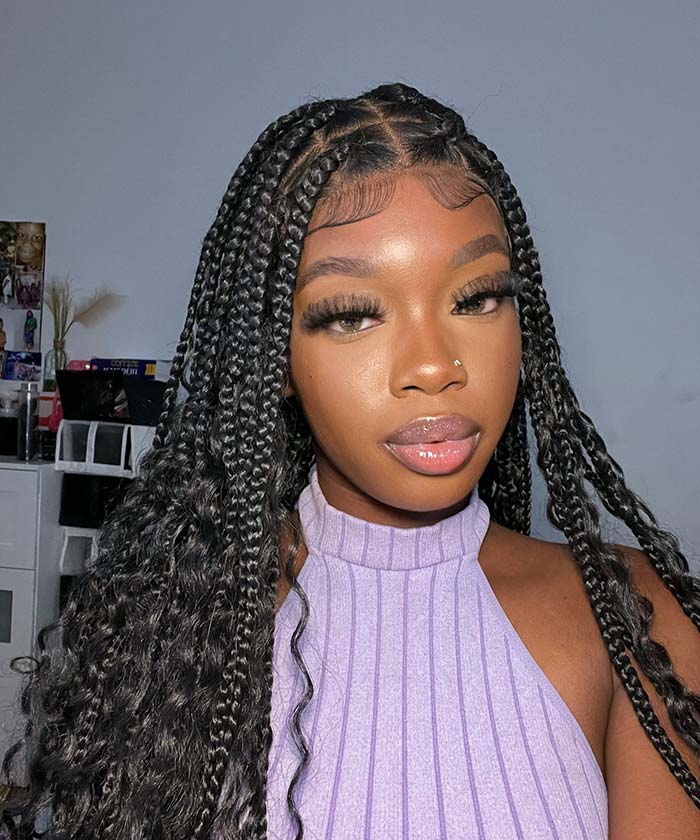

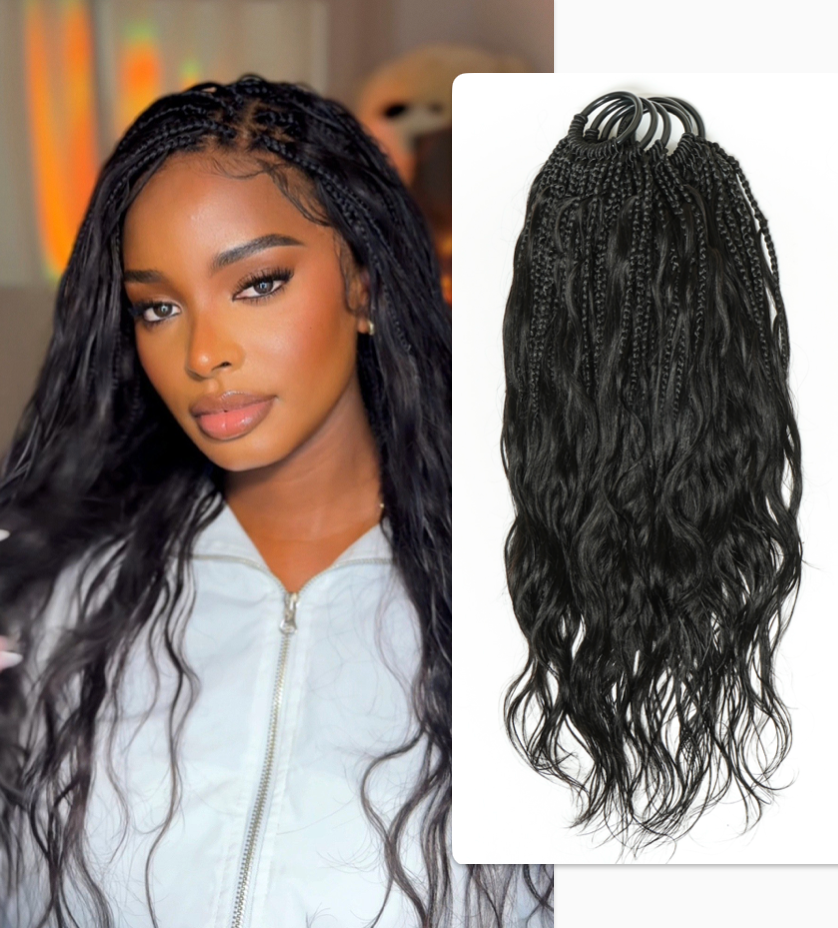
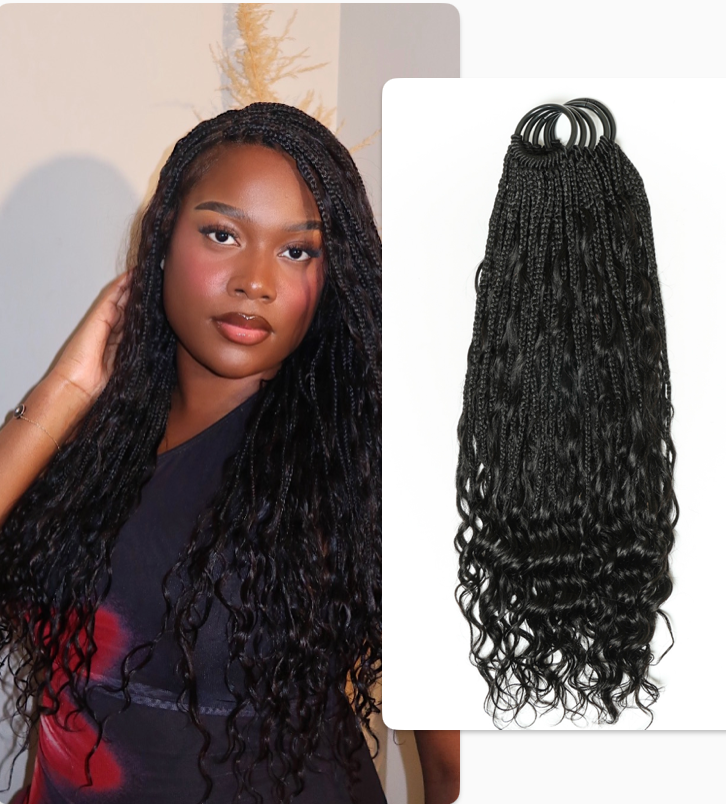
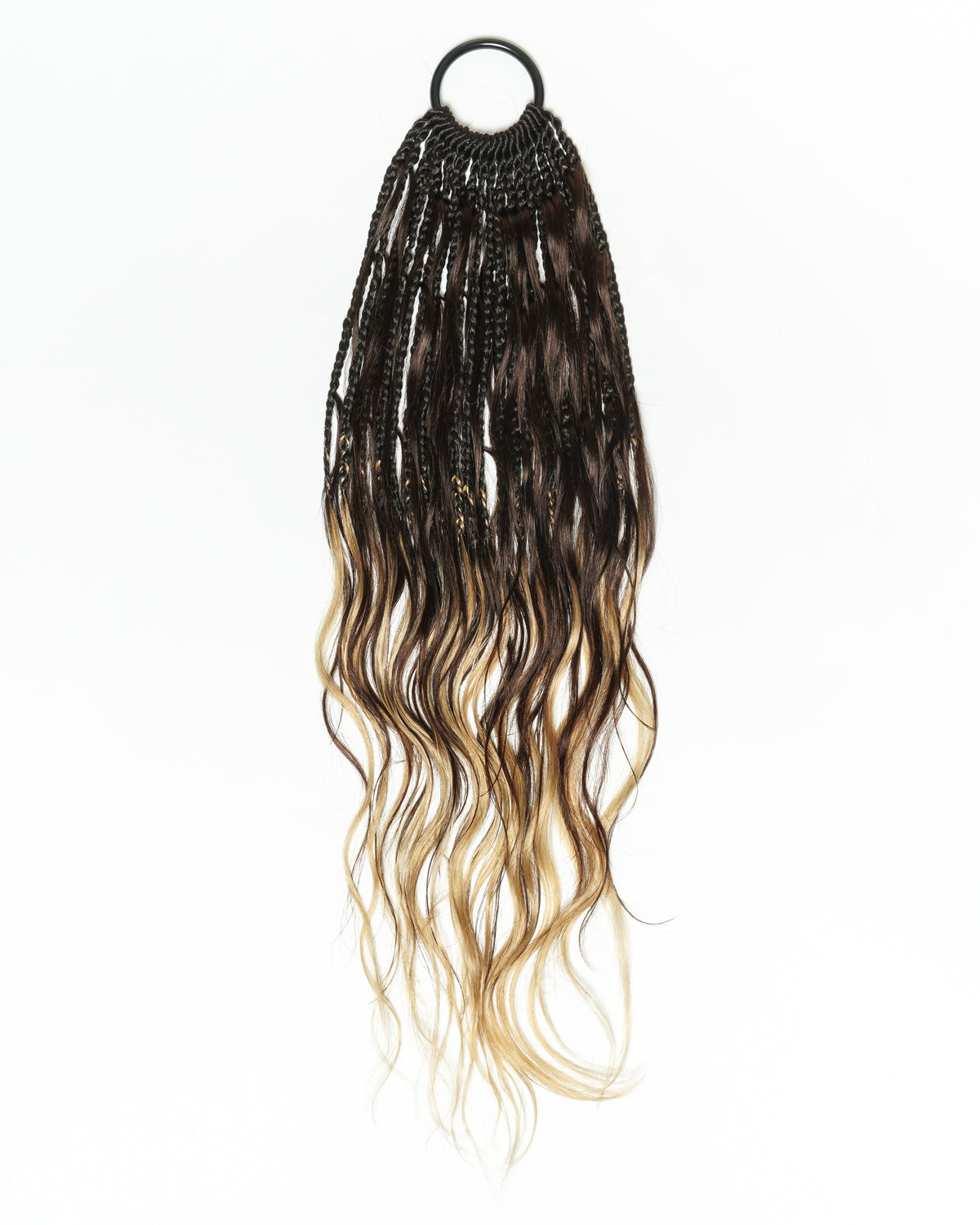
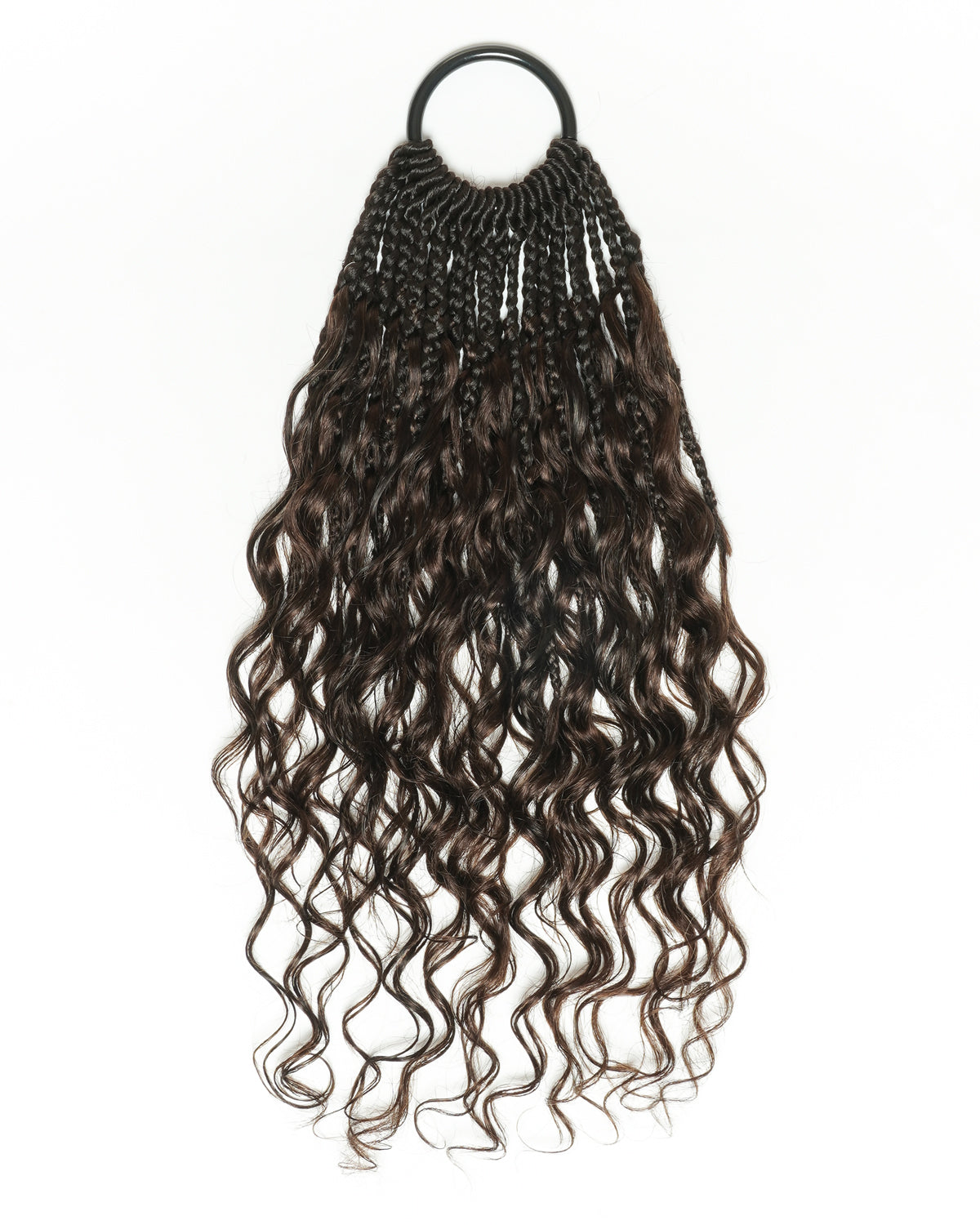
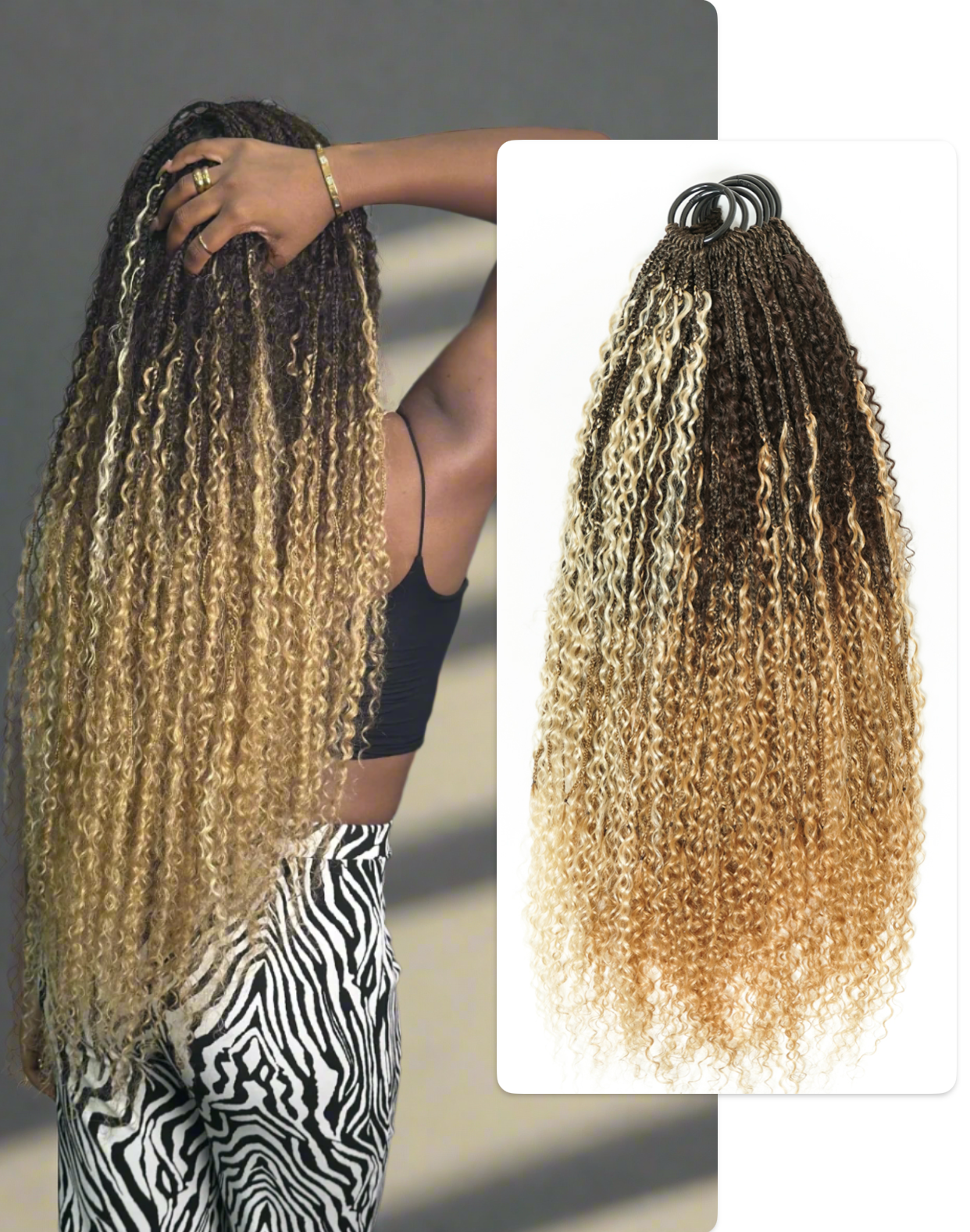
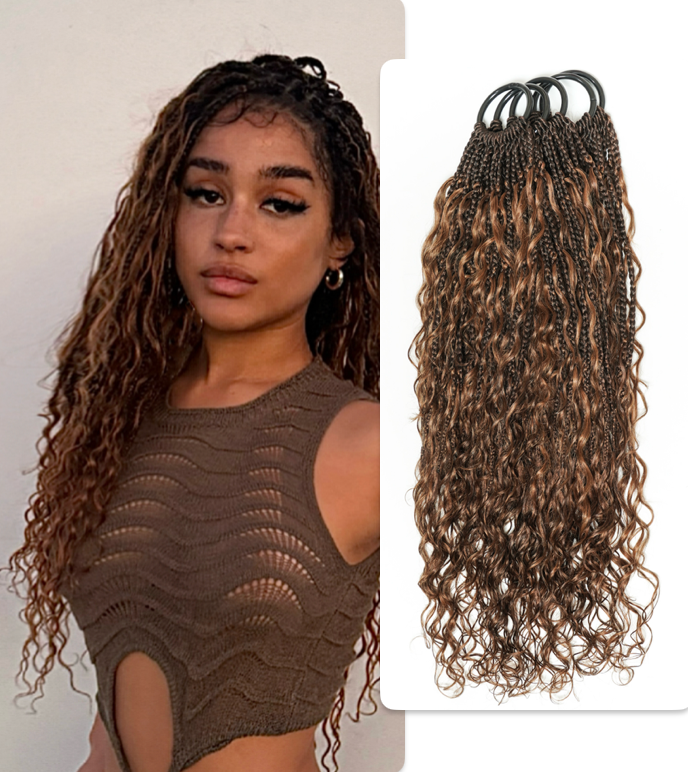
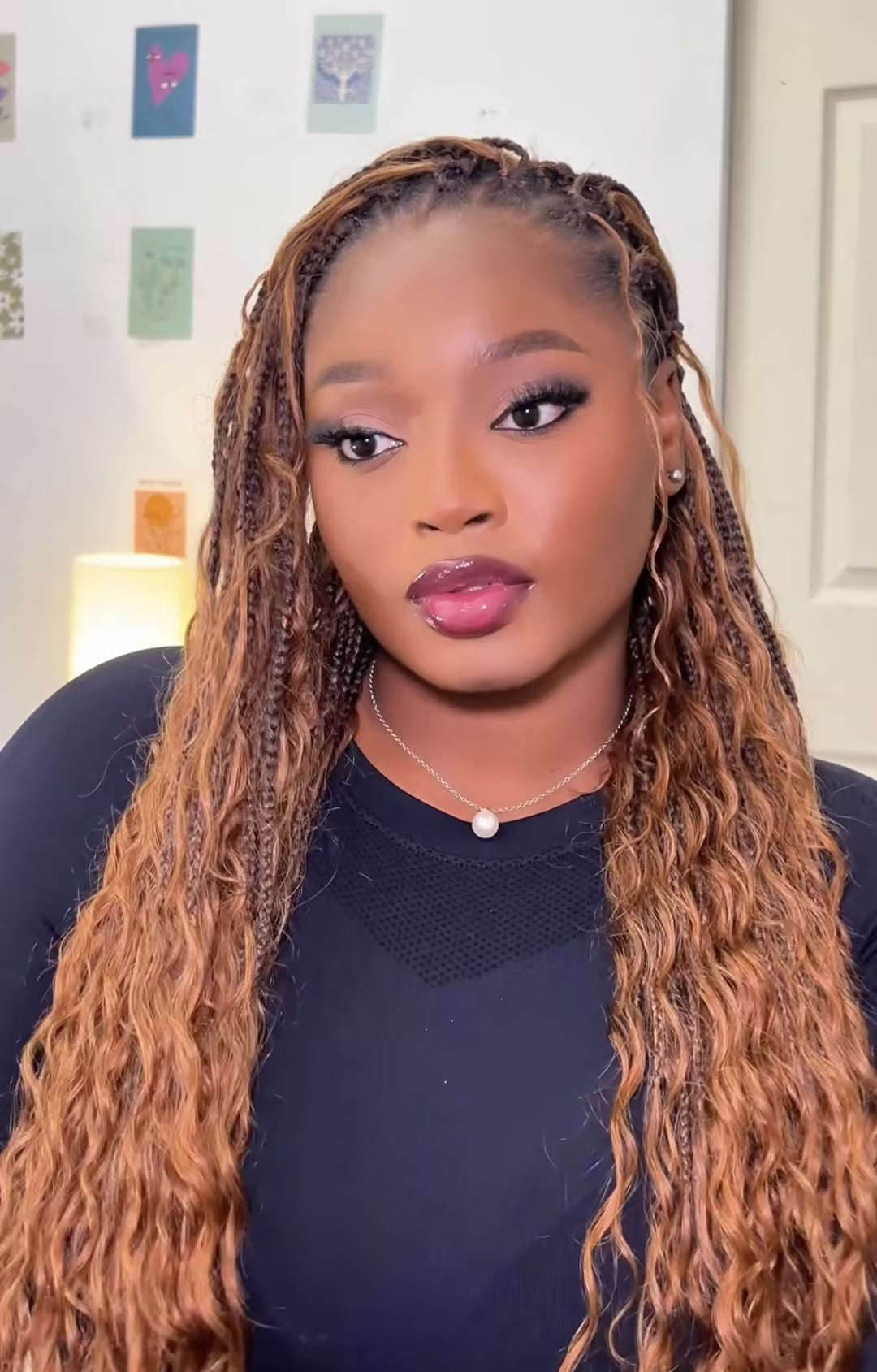
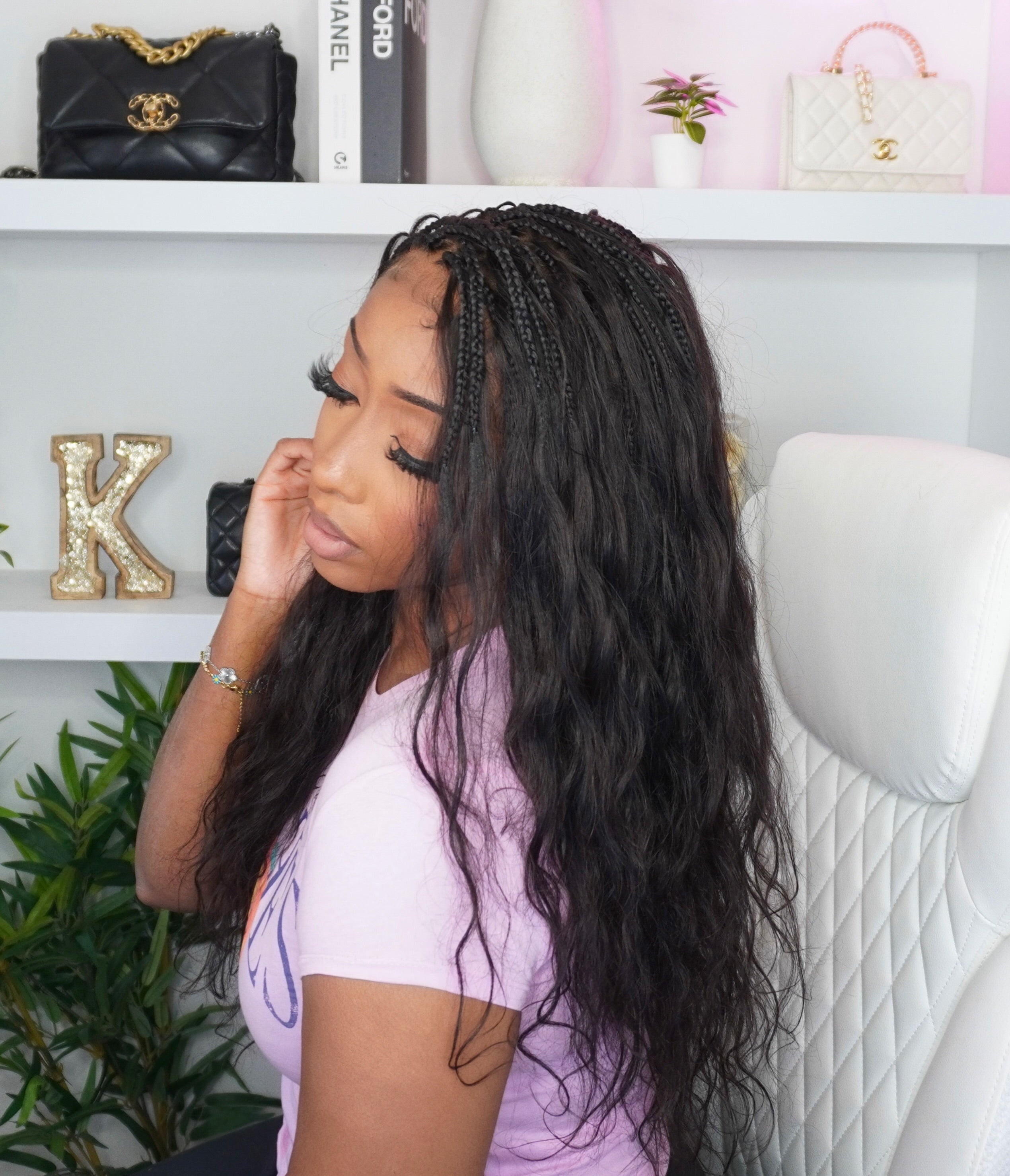
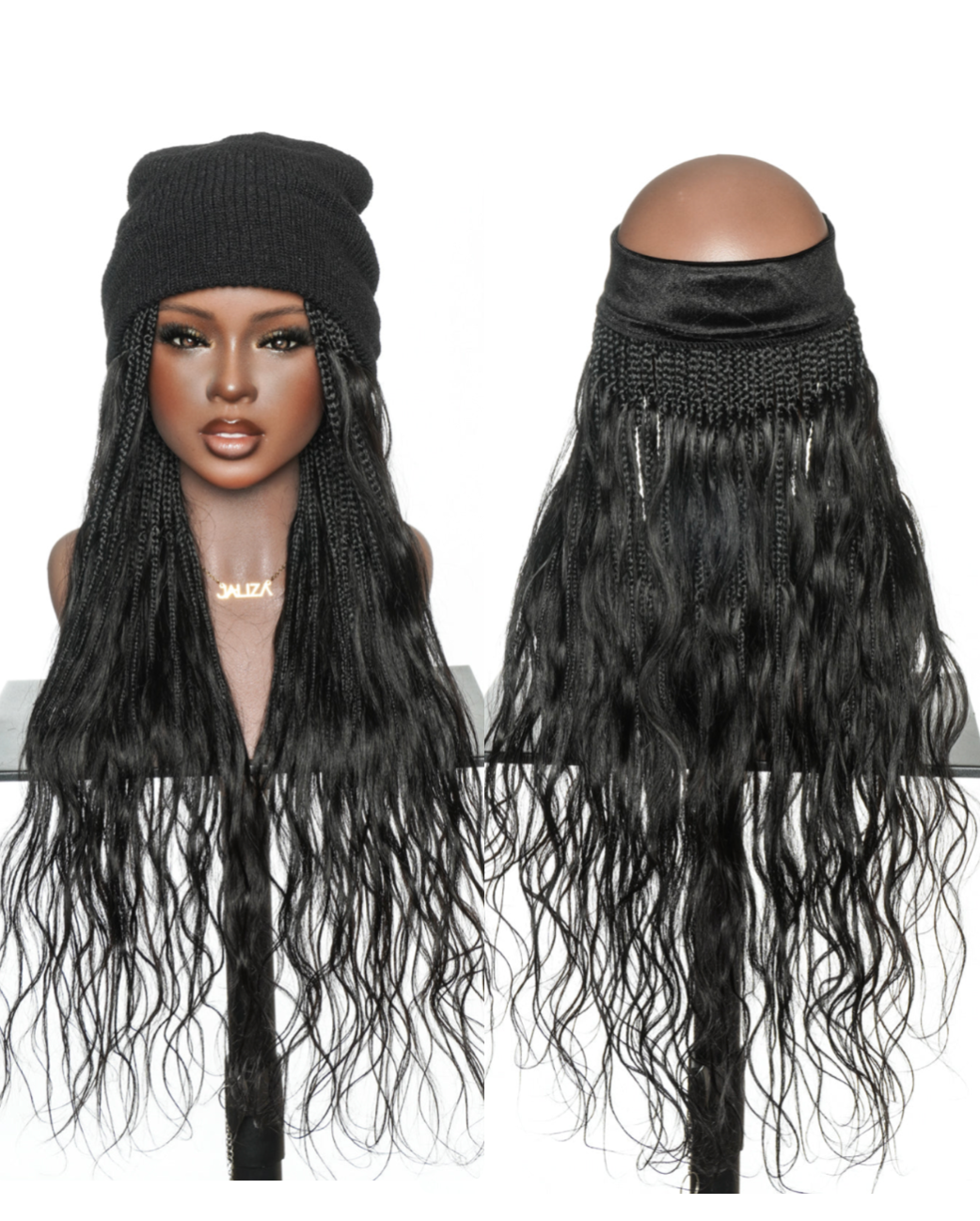

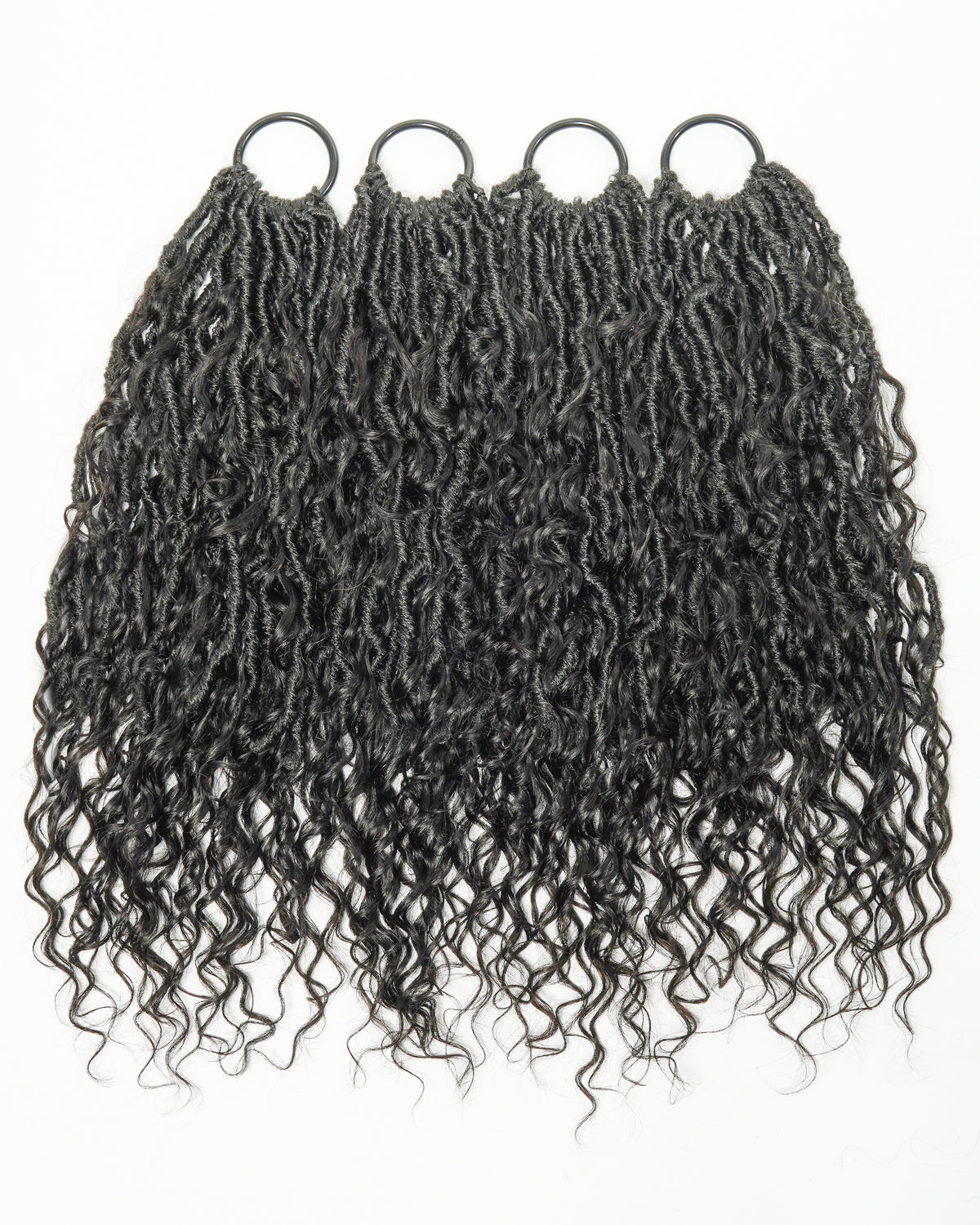
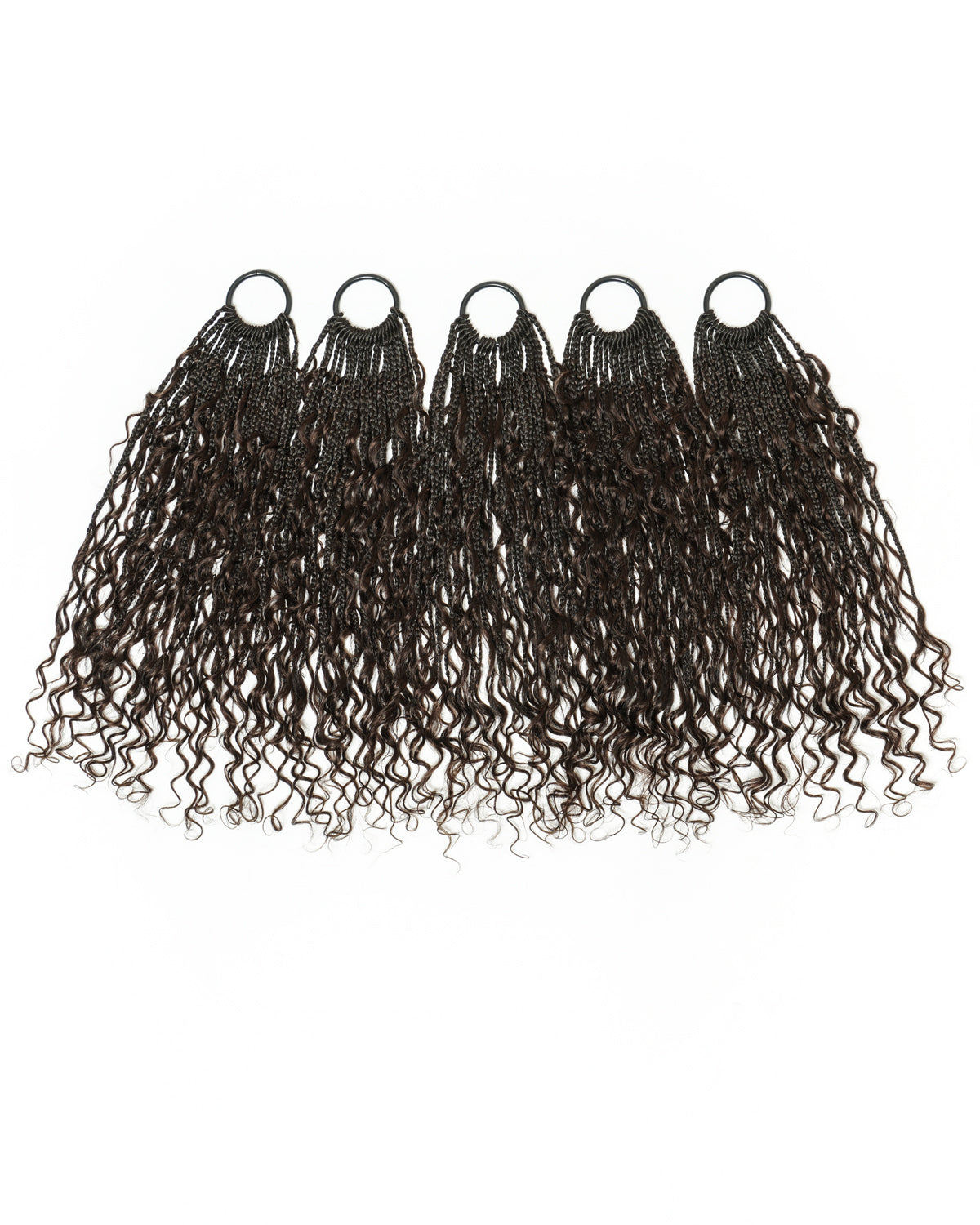
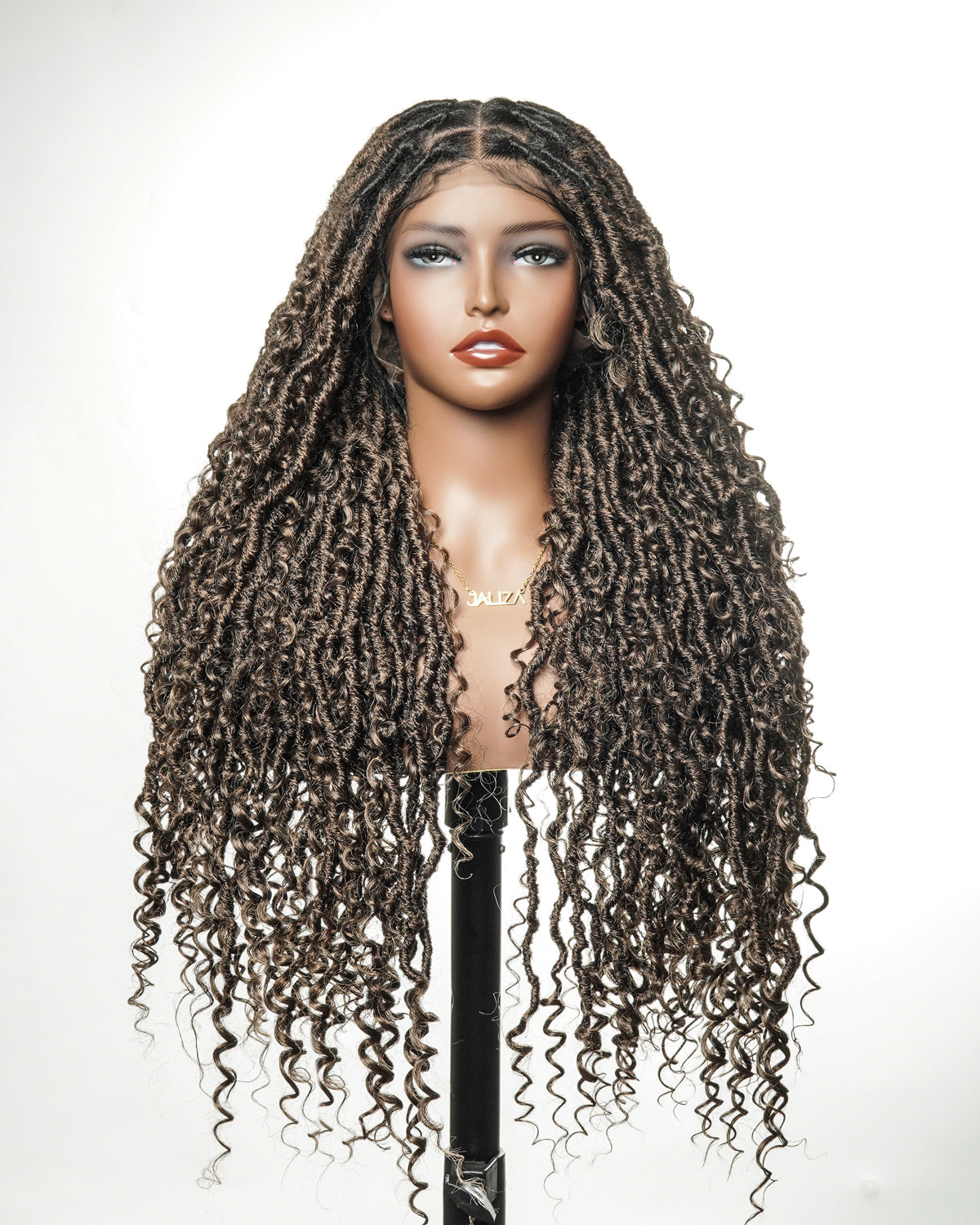
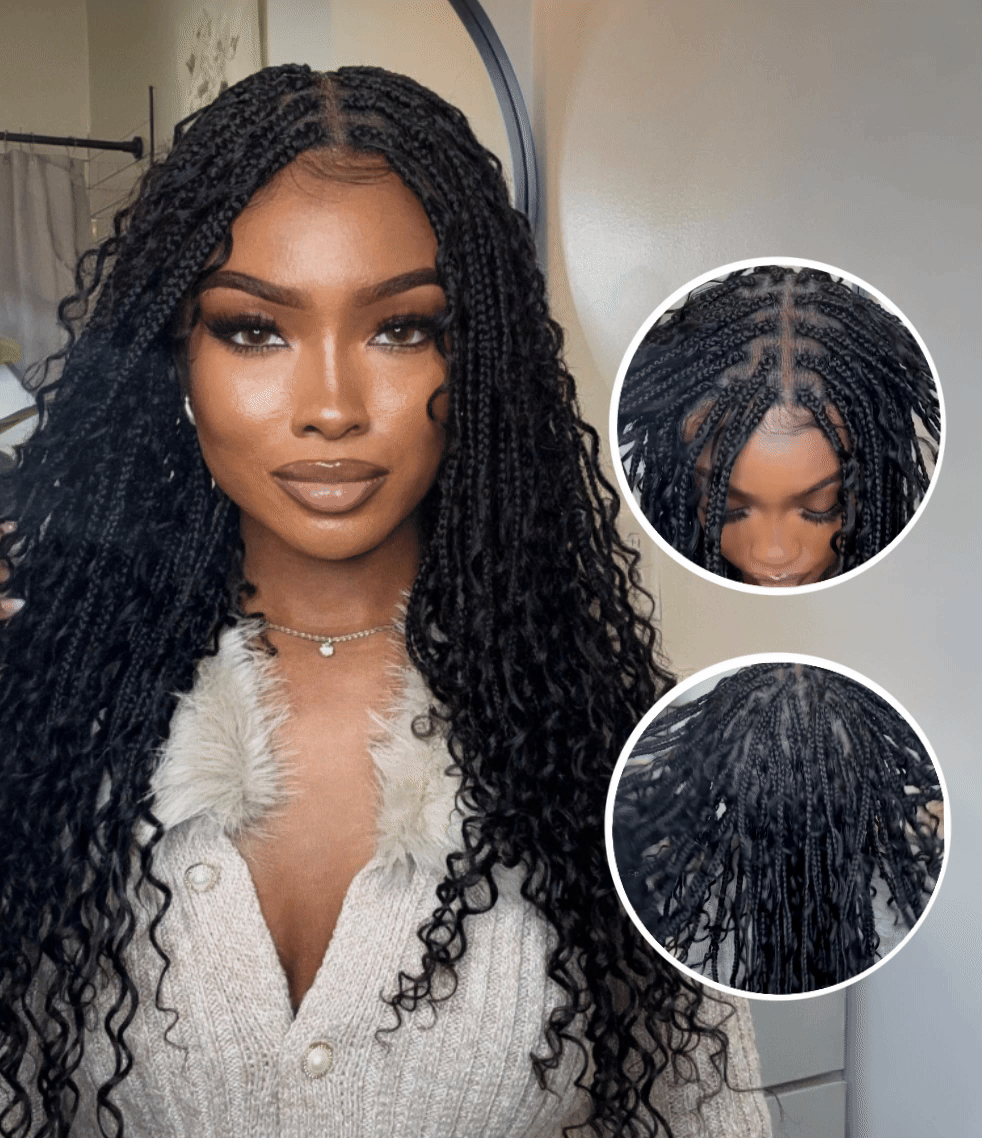
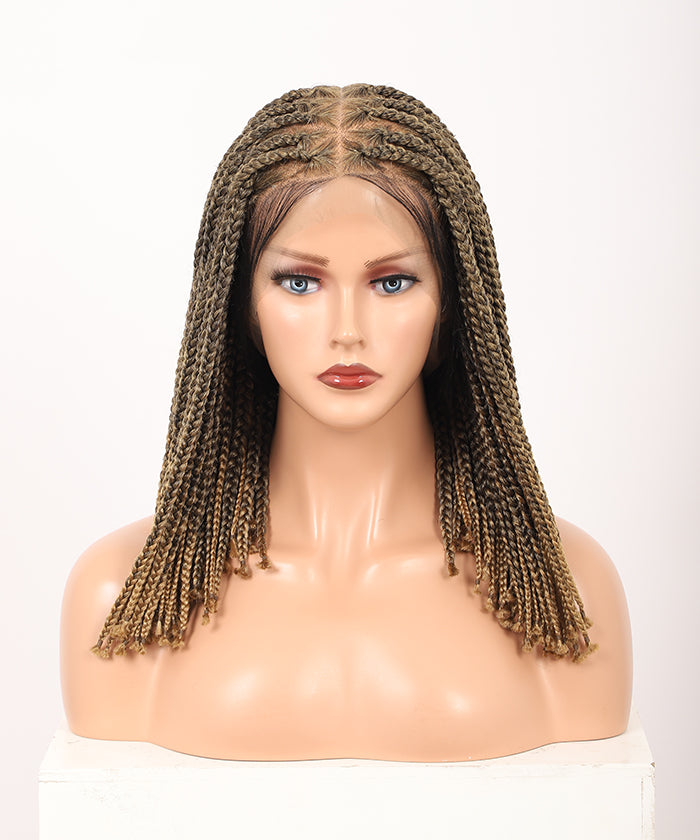
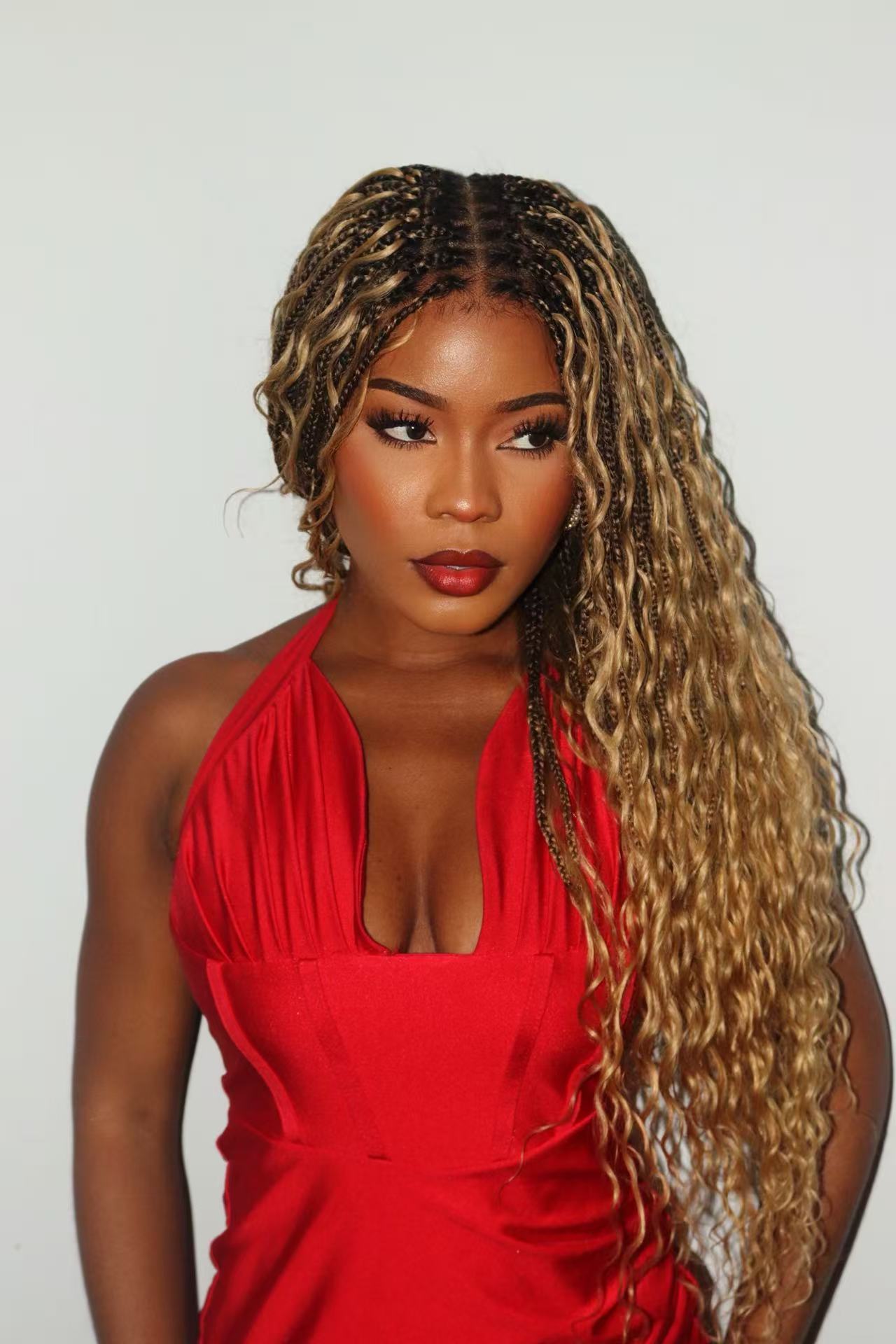
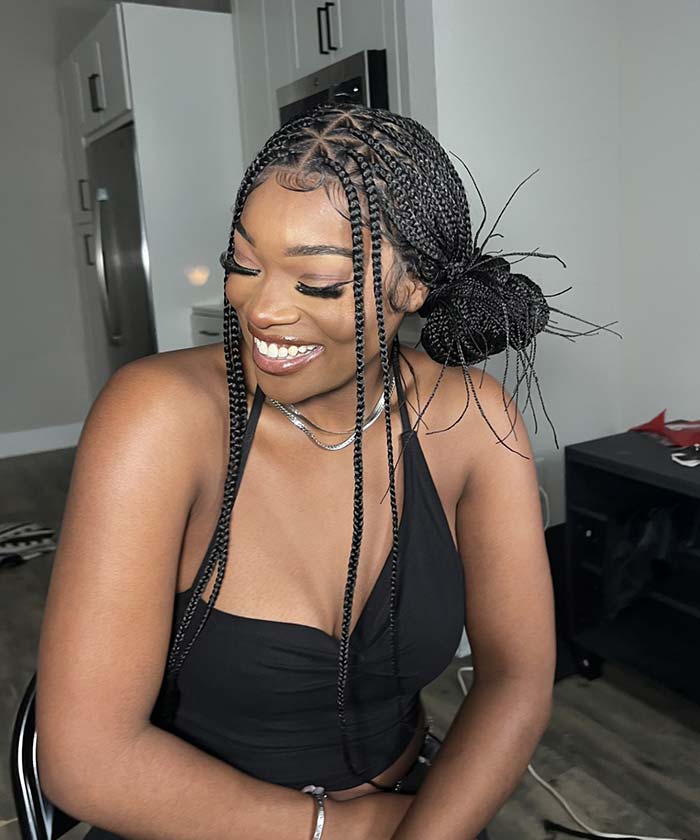
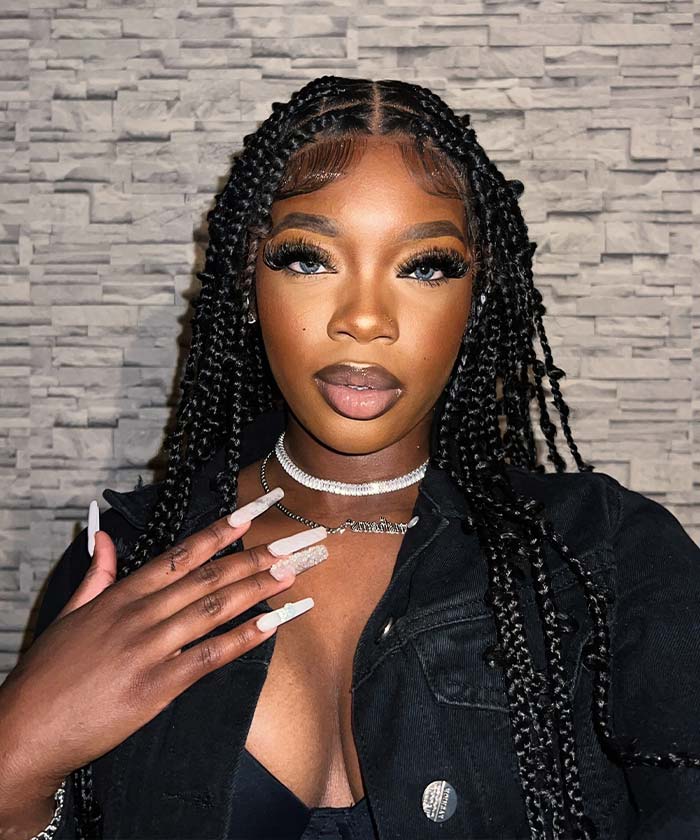
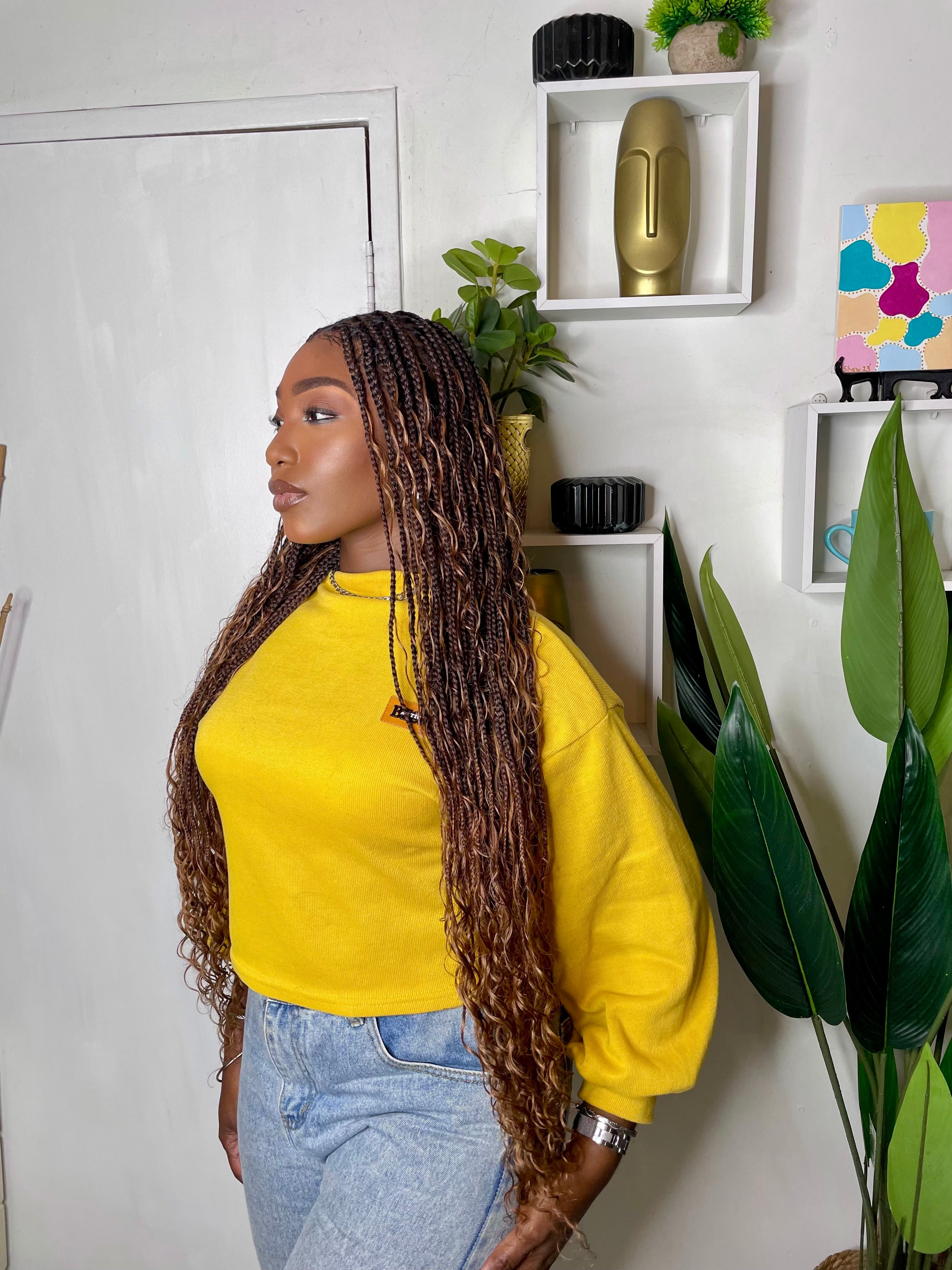
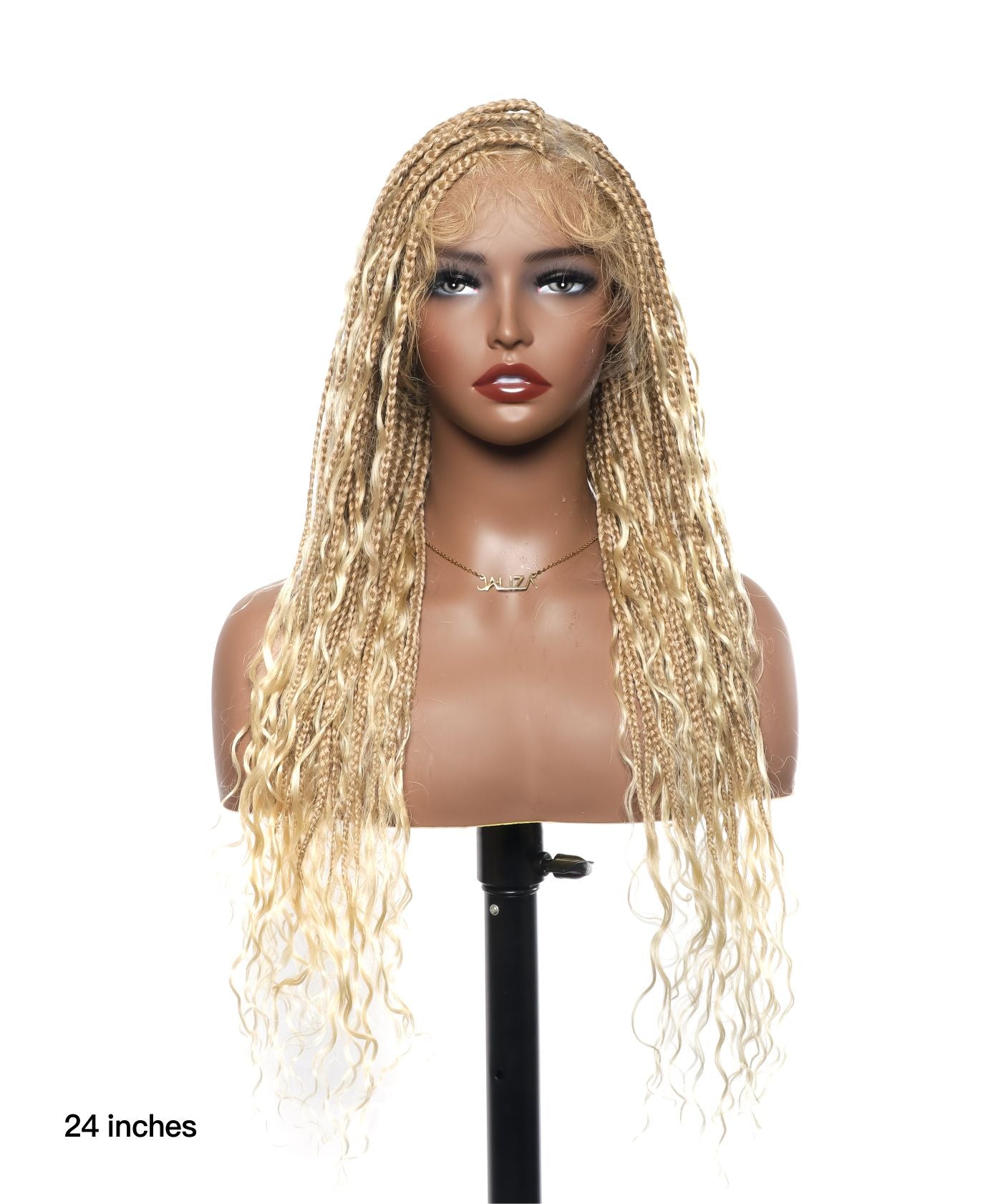
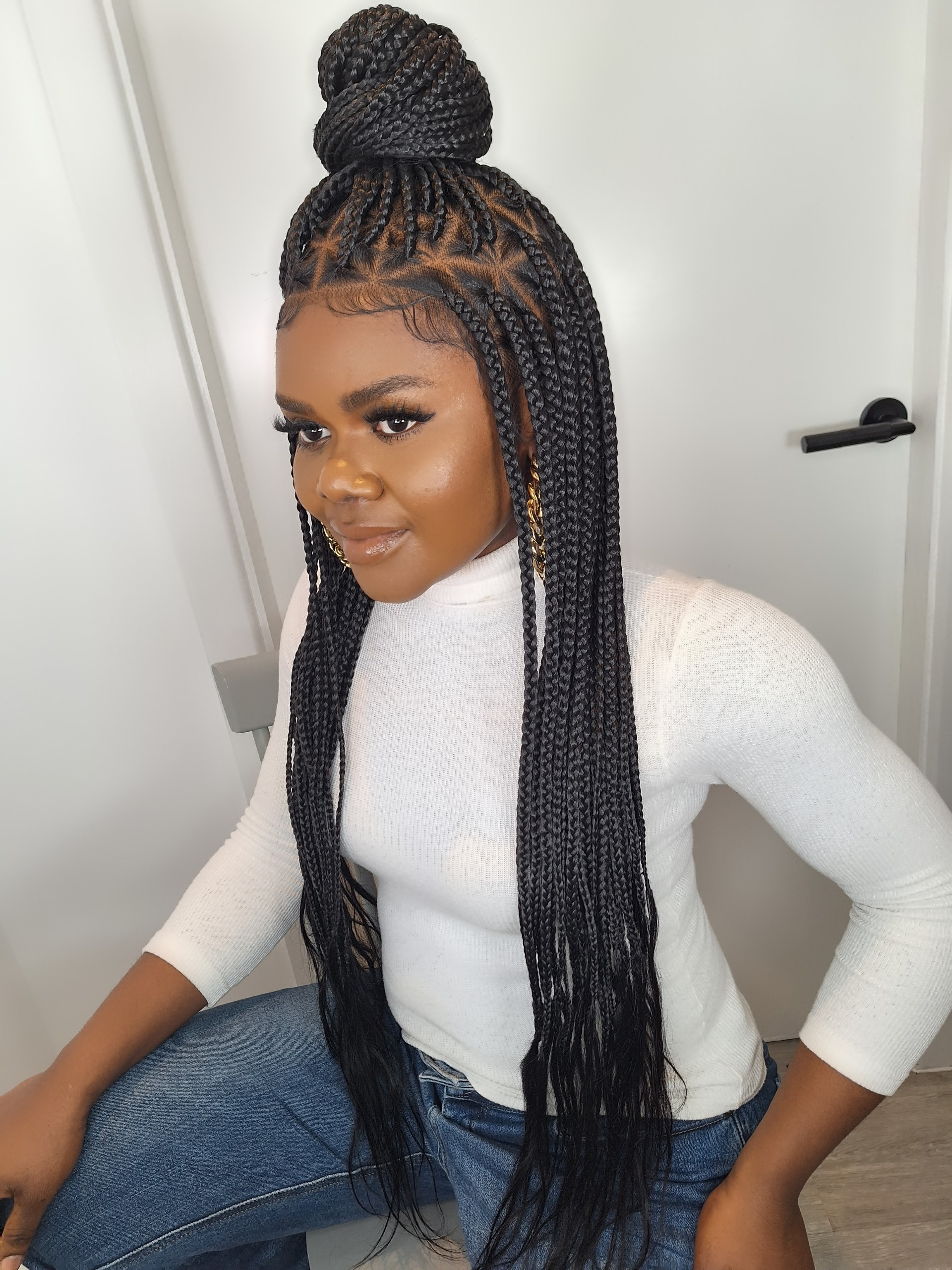
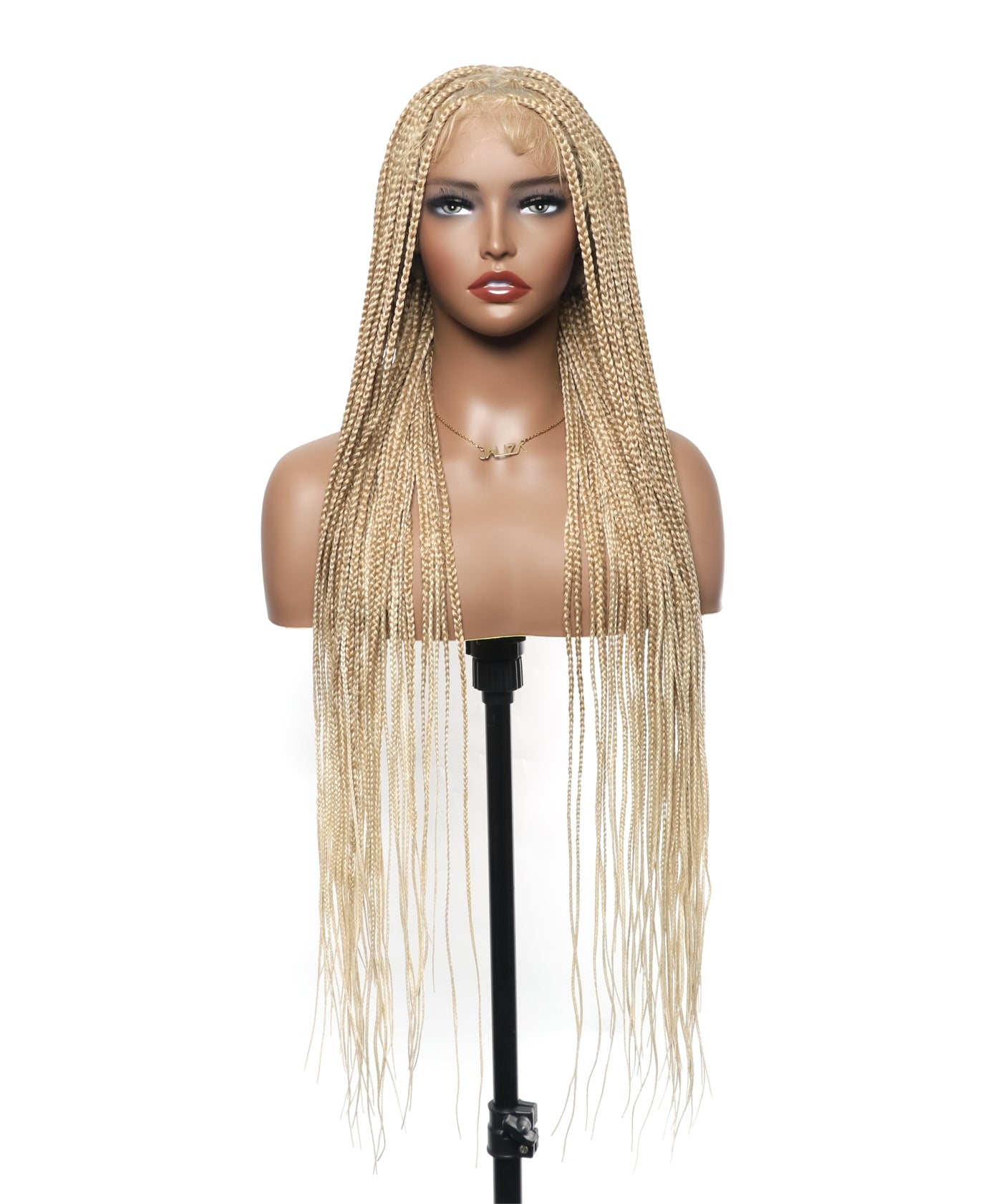
Share:
Save Your Edges: Preventing Hairline Damage from Box Braid Wigs
Reignite Your Style: Quick Refreshers for Your Box Braids